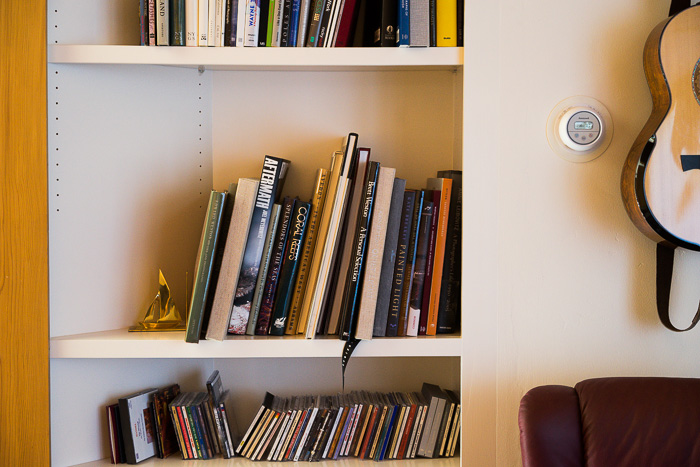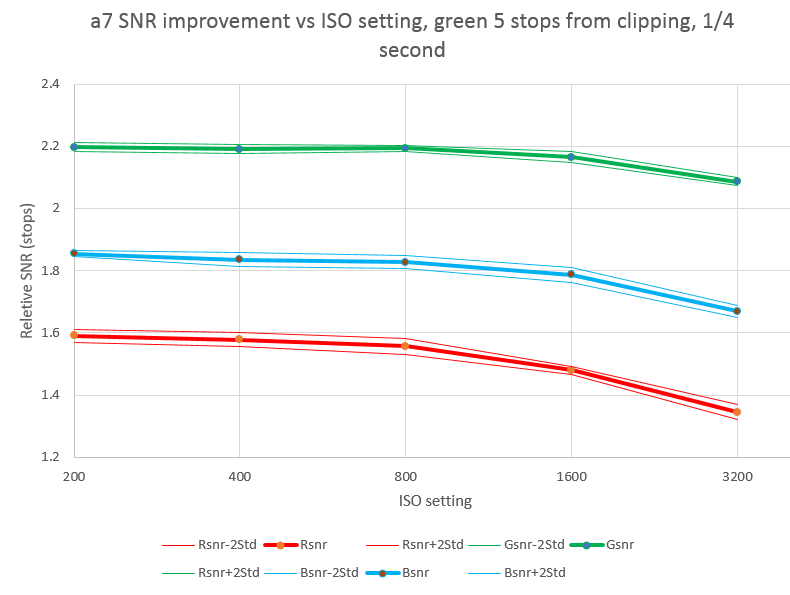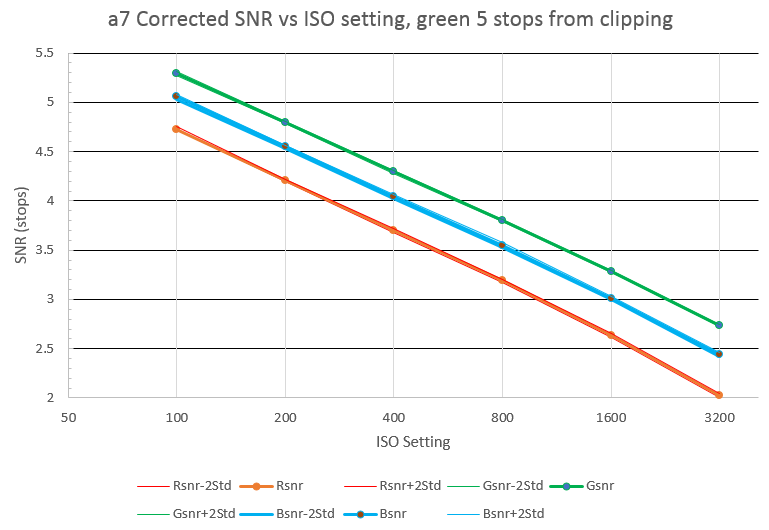Using the methods described in this post, I computed the 14-bit Unity Gain ISO of the a7 at about 525, the 13-bit Unity Gain ISO at 1050, and the full-well capacity at about 86000 electrons. These are very good numbers. I’m a little suspicious, because the same tests gave unreasonably good results for the a7R,… [Read More]
Sony a7 post-push images in the shadows
How about the shadow areas in the bookcase pictures? I’m glad you asked. ISO 3200: ISO 1600: ISO 800: ISO 400: ISO 200: ISO 100:
Sony a7 post-push images
There are photographers who like to look at graphs and pictures, and many who just like to see pictures (I don’t think there are any photographers who just like to look at graphs). If you’re one of those people who just wants the pictures, the last post was probably unsatisfying to you. Read on. I… [Read More]
Sony a7 noise at slow shutter speeds
Yesterday I presented results that indicated that the a7 was “ISOless” using data made with strobe exposures at a shutter speed of 1/200 second. We have seen anomalies in noise floor measurements made at shutter speeds above 1/15. Therefore it seemed like a good idea to rerun the tests with a longer shutter speed. I… [Read More]
Is the Sony a7 ISOless?
With the noise floor and self-heating testing out of the way, we’re ready to tackle the question, “Is the a7 ISOless?” If that question makes no sense to you, hang in there. Explanations follow. If you’ve read this or a similar explanation before, skip to the graphs. Let’s talk a bit about how your camera… [Read More]
- « Previous Page
- 1
- …
- 427
- 428
- 429
- 430
- 431
- …
- 574
- Next Page »




